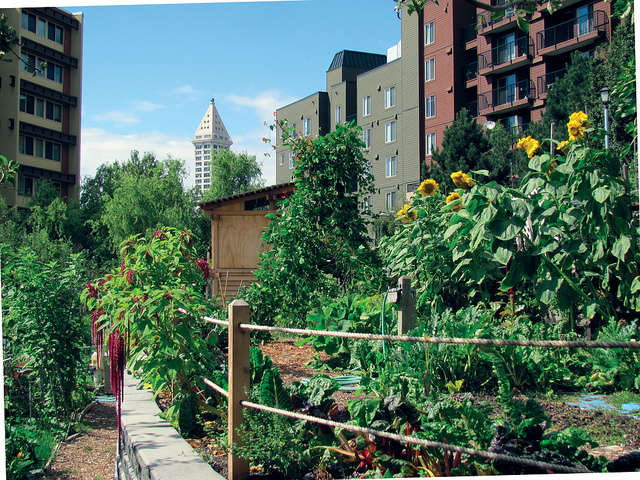Examine This Report about City Blooming
Fascinated in growing food for sale in the City of Chicago? Below is a list of regularly asked concerns regarding the policies and laws that farmers must consider when preparing an urban agriculture task.
The zoning amendment does not change any various other codes handling composting, structure authorizations, buying or leasing City owned home, business licenses or environmental contamination. There are existing codes that manage these issues and they continue to be completely result and may apply to your project. Neighborhood yards are commonly owned or handled by public entities, civic organizations or community-based companies and maintained by volunteers.
Urban ranches expand food that is intended to be offered, either on a not-for-profit or for-profit basis. Due to their business objective, urban farms need a business license. Yes. A neighborhood yard is permitted to sell surplus produce that was grown on site if the sales are accessory or subordinate to the garden's primary function explained over.
Rumored Buzz on City Blooming
The amount of compost product can not exceed 25 cubic yards at any type of offered time according to the requirements in 7-28-715 of the City's Municipal Code. Due to the fact that the soil at a lot of new yard websites requires amending, garden compost, soil, timber chips, or various other materials can be gotten to build or boost the growing area.

If a structure permit is called for after that the hoophouse will be considered an accessory building. You can discover even more about the structure permit requirements by calling the Department of Structures. The 25,000-square-foot dimension limit is planned to avoid a solitary community garden from controling a provided block or interfering with the block's existing residential or industrial character.
The limit does not relate to yards located in Public Open Room (POS) districts. Can there be even more than one neighborhood yard that is 25,000 square feet on a single block? Yes. The size restriction uses to individual yards, not to private blocks. No. Fencing is not required, nonetheless, yards that have huge car park locations might be called for to install secure fencing or other landscape design features.
Not known Incorrect Statements About City Blooming
B1 & B2 districts call for that all industrial use activities be carried out indoors. Is fence needed for urban ranches? Fences might be called for, along with landscape design and testing, for specific car park areas and outdoor job or storage space areas depending on area and the details task taking location.
Yes. Urban ranches need structure licenses and zoning approvals prior to building. Various other forms of city testimonial might be needed relying on specific structures, tasks, dimension, landscaping, licensing, public health and stormwater administration issues. A number of these requirements are recognized in the job style or permitting procedure, nonetheless, the candidate may be liable to individually determine details licenses or allows that may be called for.
Yes. The kind of certificate is determined by what is occurring at the website. The Department of Organization Affairs and Customer Protection can aid figure out the particular sort of company certificate that's required. Yes. Off road car parking is needed for many industrial jobs in Chicago. The required number of garage is based on the variety of employees dealing with site and not the link square video of the growing area.
Unknown Facts About City Blooming

A city ranch can market garden compost product generated on website, however, the operation should comply with the regulations in 7-28-715 of the Chicago Municipal Code. Aquaponic systems are enabled indoors on metropolitan farms in several zoning areas.
Up to five hives or colonies of honey bees might be kept as an accessory usage. Beekeepers must sign up with the Illinois Department of Agriculture. To learn more about the suggested zoning change you might contact the Division of Housing and Economic Growth, Bureau of Planning and Zoning at 312.744.8563.
Farming in cities and urban locations A city farm in Chicago. Urban farming describes numerous methods of cultivating. https://anotepad.com/note/read/ewb5qah3, processing, and distributing food in city areas. The term likewise uses to the area activities of pet husbandry, aquaculture, beekeeping, and gardening in a city context. Urban farming is identified from peri-urban farming, which takes area in country locations at the edge of residential areas.
What Does City Blooming Mean?
, that seek to create social networks founded on a shared values of nature and neighborhood holism. These networks can create by method of official institutional assistance, coming to be integrated into neighborhood community planning as a "shift community" activity for sustainable urban advancement.
The much more direct accessibility to fresh vegetable, fruit, and meat products that may be know via city farming can boost food protection and food safety while decreasing food miles, resulting in reduced greenhouse gas exhausts, thereby adding to climate adjustment reduction. A few of the initial proof of city farming comes from Mesopotamia.
Comments on “10 Easy Facts About City Blooming Shown”